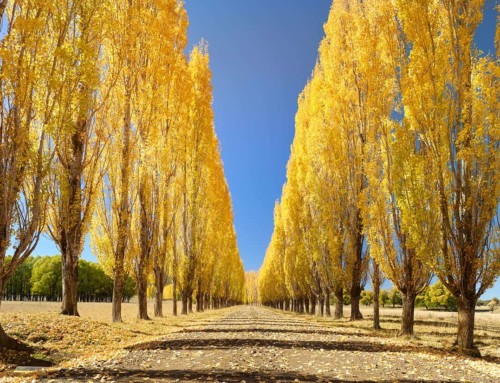If you’re like a lot of landscape photographers, then it’s more than a little likely that part of what attracted you to your subject matter was color. The lush green of new spring foliage. The aquamarine of a clear sea on a sunny day. The moss greens and white-capped slate greys of the mountains.
Color is a huge part of what makes Mother Nature’ spectacular work so fantastic, so it’s hard to picture a black and white landscape photo having the same impact as the same shot in living color. In reality, black and white brings its own advantages to the table.
Shine a Focus on Shape and Form
Shooting a particular landscape in black and white is a great way to highlight the shapes and forms present in the vista in front of you, as opposed to the colors. Try capturing shots in both color and black and white every so often. Sit down and spend some time assessing what you like best about each version, as well as the differences and similarities in the overall mood of the photos. Pretty soon, you’ll find you’ve developed an instinct for which shots would make particularly incredible black and white masterpieces.
Add a Sense of Mystery
There’s something about a black and white photograph that implies an untold story just waiting for the right listener to come along and drink it in. Try using it to punch up the mystery element of scenes featuring ruined buildings, windswept plains, or fallen trees to name just a small handful of examples. Leverage greyscale’s power to spark specific emotions in the viewer. Think of black and white as another tool in your storytelling arsenal as a photographer and explore every nook and cranny of its possibility.
Consider Combining the Two
Don’t assume that you have to choose definitively between color and black and white either. The two can work wonderfully as a team. Leave specific elements of focus colored while the rest of the background is in black and white to add emphasis. Make night scenes come alive by shooting eye-catching, colorful foregrounds against dark backgrounds. The possible combinations are endless, so don’t be afraid to let your imagination run wild.
Experiment, Experiment, Experiment
As with any other photography technique, developing an eye for taking stellar black and white landscape photographs is best accomplished with plenty of practice. Try taking the photo in black and white to begin with sometimes while adjusting color images to greyscale on your computer other times. (Don’t get too reliant on the computer to do the dirty work for you though.) Take notes on your discoveries as to which methods work best for you and yield the best results.
At the end of the day, it’s important to realize that black and white isn’t just for portraits or newsprint. There is an entire multitude of possible nature shots, landscapes, weather photos, and more that can take on a whole new personality when you remove color from the equation.





